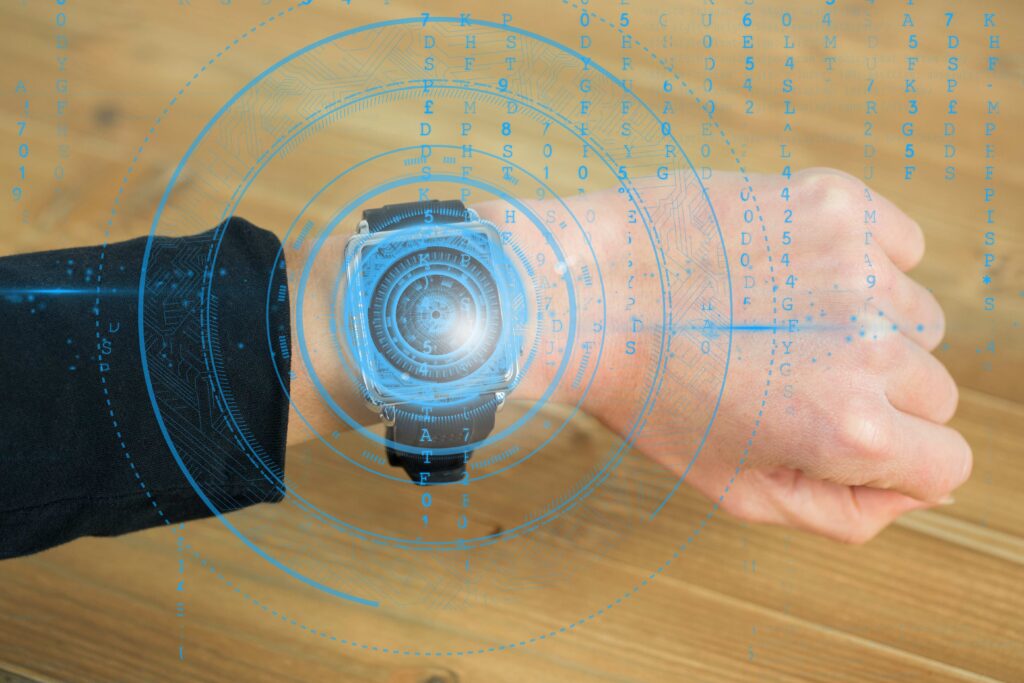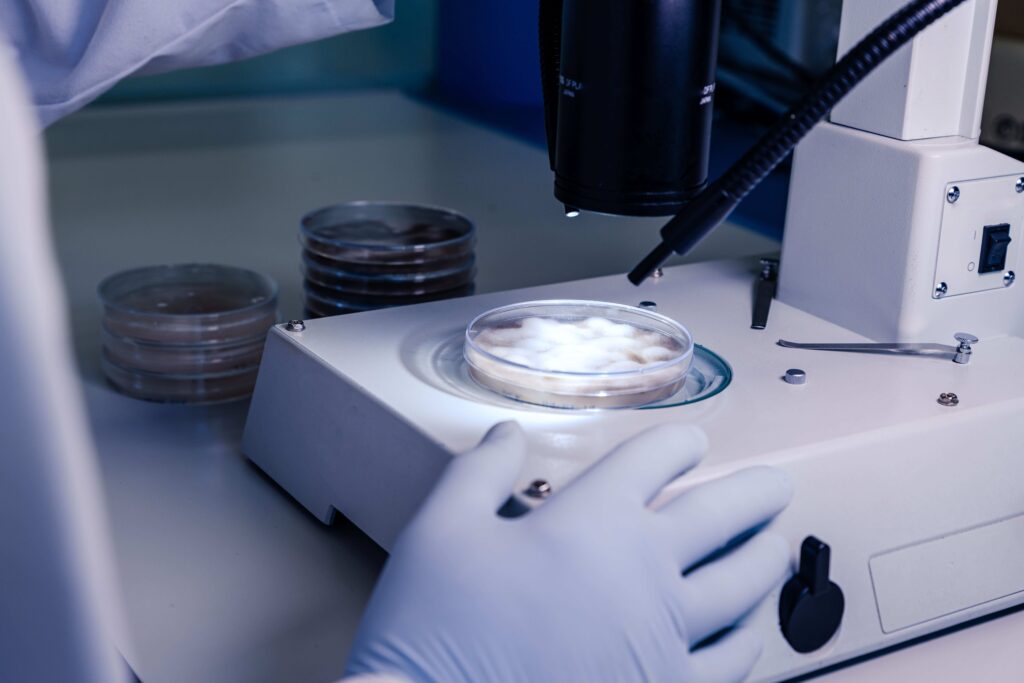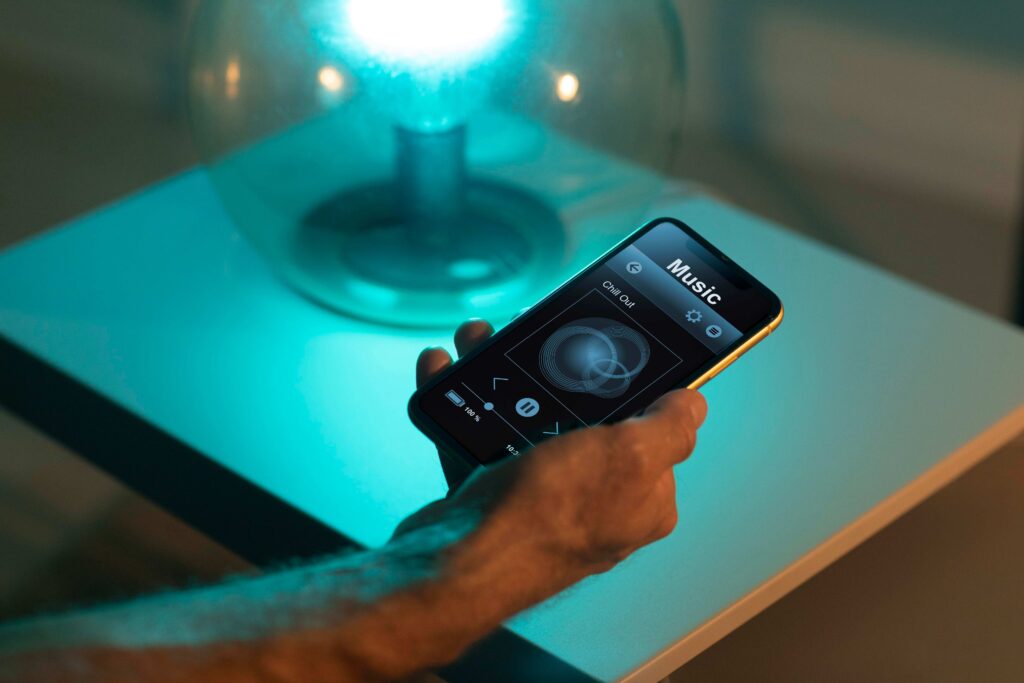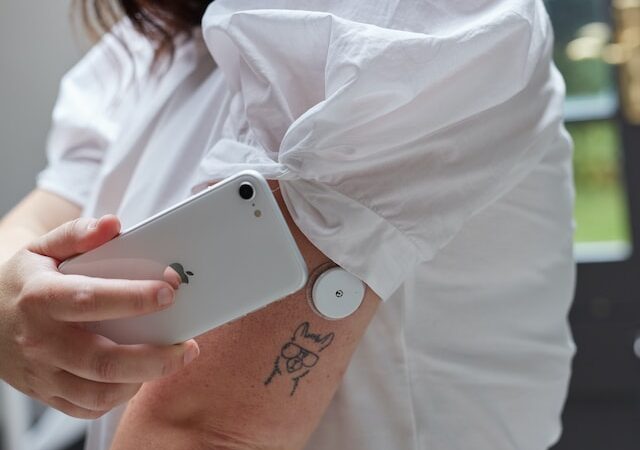Introduction
Greetings from the fascinating world of types of sensors! Your ordinary electronics will become smarter than ever thanks to these tiny technologies, which have the capacity to give inanimate items life. Types of sensors are vital to our increasingly digital lives because they can do everything from measure temperature to detect motion.
In this extensive guide, we’ll go deeply into the interesting world of sensors. The many types of sensors, such as electrical, analog, chemical, digital, and smart sensors, will be examined, along with information on their distinctive functionality and uses.
Hence, buckle up because we are about to go on types of sensors-filled excursions that will wow you and make you want to learn more.

What are Sensors?
What an intriguing subject, sensors! They silently observe and gather data without seeking any praise; they are the unsung heroes of the digital world. So what are sensors exactly? In essence, sensors are machines that recognize and react to physical input from the outside world. They come in all different sizes and shapes, and each has special skills of their own. Sensors can do everything from gauge temperature to spot motion. There are types of sensors for every purpose, whether it is the electronic sensors that drive our everyday technology or the smart sensors that make our houses safer and more efficient. Now fasten your seatbelts, because we’re about to delve into the world of sensors and examine the various varieties that are available. Why don’t we start now?
Electronic Type of Sensors
Electronic type of sensors are the rock stars in the thrilling world of sensors. The ones that make everyone’s mouth drop with their impressive powers and sparkling devices. These sensors are excellent at measuring things like temperature, pressure, force, and even light because they are (obviously) constructed of electronic components. They are all around you, from your smartphone to your car, and they make life more comfortable and convenient.
Electronic sensors’ capacity to transform physical quantities into electrical signals is one of their most intriguing features. It seems as though they possess an ability that enables them to communicate in electrical language. This is useful if you want to measure something and then use a computer or a microcontroller to analyze it.
Yet, there’s still more! Electrical sensors have high sensitivity. They resemble those who can feel even the smallest vibration or change in temperature. They can give us useful data for numerous applications, including industrial automation, healthcare, environmental monitoring, and so much more, because of their astounding accuracy and precision.
So the next time you wonder how your smartphone can recognize your face or how your automobile knows just how warm or chilly you want it, just remember that it’s all possible because of the electronic sensors. They are the real rock stars of the sensor industry.

Analog Type of Sensors
Become a part of the fascinating world of analog sensors when you’re ready. Now fasten your seatbelts, because things are about to get tense! (Maybe not literally.) Safety first, everyone!”
When it comes to solving riddles, analog sensors are like Sherlock Holmes of the sensor world. These sensors provide a constant range of readings and measure physical properties like temperature, pressure, or light intensity. They can’t make binary choices, nuh-uh! They prefer to keep everything flowing smoothly.
Consider this now: You are riding a roller coaster. An analog type of sensor is like the person sitting next to you who keeps screaming in your ear, “We’re going up, up, up… Now we’re going down, down, down!” as you ascend and descend those wonderful twists and turns. It is comparable to having a live commentary of your exhilarating ride without the obnoxious announcer’s voice. Thankfully, analog sensors exist!
These sensors function by transforming physical occurrences into varying-amplitude electrical impulses. You might consider them a translation of our environment into a language that is understandable by our electronic devices. Talk about being a master translator!
The temperature sensor is one common variety of analog sensor. Think about not having to keep putting a thermometer in your mouth or under your armpit to check the temperature. The height of convenience, my friend!
Give an analog sensor a tiny nod of thanks the next time you see one. After all, these sensors serve as the unsung heroes of the technological world, quietly collecting crucial information to improve our quality of life. Congratulations, analog sensors! Be slick business people in this wild digital environment.
Chemical Type of Sensors
Greetings from the enthralling world of chemical sensors! It’s all about detecting and measuring various chemical compounds with these tiny superstars. They constantly search for particular chemicals, like Sherlock Holmes of the sensor world.
The selectivity of chemical sensors is one of their important features. They are resistant to being duped by fakes. It would be comparable to having a metal detector that only sounds when it detects gold and not any other metal. These sensors are able to distinguish between various gases, liquids, and even ions.
Let’s now discuss how they operate. Chemical type of sensors employ a number of techniques to identify and quantify chemical compounds. Others make use of physical characteristics like conductivity, while others rely on chemical interactions. One well-known illustration is the pH sensor, which uses a unique electrode to determine whether a solution is acidic or alkaline.
Chemical type of sensors have the amusing property of being found in unexpected locations. These are essential to how we live our daily lives, from observing air quality to ensuring the safety of our food. They can also be used in medical equipment to monitor our health or in industrial situations to identify harmful substances.
After learning the mysteries of chemical sensors, let’s move on to the realm of digital sensors, where accuracy is key and numbers rule.

A visual representation of a Chemical Sensor
Digital Type of Sensors
Unlike their analog predecessors, digital sensors deliver data in a digital format. They convert continuously recorded physical measurements into binary numbers—ones and zeros—representing particular values. Similar to how indoor plumbing transformed how we interact with toilets, these sensors have fundamentally changed how we see and engage with the environment around us.
The improved precision and dependability of digital type of sensors are two of their main advantages. They are less susceptible to signal distortions and more resistant to noise because they transform data into discrete values. See them as level-headed people who, in contrast to some melodramatic soap opera characters, are always able to maintain their composure under pressure.
The ability of digital sensors to work with microcontrollers and other digital systems is another benefit. This permits real-time data processing and analysis in addition to seamless integration. Its extensively use in IOT devices. It’s like having a robot servant that faithfully carries out your orders without challenging your authority (unlike your real-life minions).
Digital sensors have significantly changed the way we engage with technology and have integrated themselves into every aspect of our daily lives. Take a moment to marvel at the miracles of digital sensors that are quietly at work in the background, making our environment smarter, safer, and more convenient, the next time you use your smartphone or check the weather. Who doesn’t adore a silent, effective superhero, after all?
Smart Type of Sensors
Oh, clever sensors. The sensor world’s super heroes. These newborns are all about productivity and creativity. Smart type of sensor can independently process and interpret data, as opposed to their less sophisticated counterparts. They are also IOT sensors because of their use in internet of things devices. Along with sensing the physical factors surrounding them, they also examine and transmit that data to other devices. Speaking of multitasking! The Swiss Army In the sensor world, smart sensors are always adaptable and able to offer insightful data. Hence, smart sensors are the way to go if you’re seeking sensors that can think for themselves and simplify your life. They’ll be there for you right away, and they might even make some funny comments.

A visual representation of a Smart Sensor
Conclusion
An extensive guide to types of sensors Electronic, analog, chemical, digital, and smart sensors are described in the book Types of Sensors.
We’ve looked at how these useful tools are essential in a variety of situations, from assessing temperature with electronic sensors to spotting pressure fluctuations with analog ones. Digital sensors translate physical quantities into digital signals, making it simpler for our digital devices to comprehend the environment, while chemical sensors use their amazing olfactory abilities to sniff out gases and detect dangerous compounds.
Not least among these are intelligent sensors. These technological wonders not only gather data but also process it, enabling real-time analysis and greatly simplifying our lives. It’s like having a personal assistant who knows exactly what you need because of their capacity for wireless communication and adaptation to changing circumstances.
Thus, whether you’re a tech geek or just interested in how our digital world works, it’s important to grasp the many sorts of sensors. These little gadgets have transformed entire industries, enhanced our daily lives, and opened the door for innumerable new inventions.
There you have it, everyone! A thorough explanation of sensors that, hopefully, made you wag your head or smile. Keep in mind that the digital world is an amazing place full of opportunities and remarkable inventions. So continue to explore, maintain your curiosity, and let the sensors show you the way!
Our voyage with the sensors has come to an end, but worry not—the quest for knowledge never ends. Keep checking back for more fascinating subjects and odd thoughts. Up until then!
Read about Smart Cities Network.
FAQs
There are many different kinds of sensors that may be purchased on the market, including temperature, pressure, humidity, proximity, motion, and light sensors.
Wrong measurements as a result of poor calibration, improper installation, and compatibility concerns are some common problems with different types of sensors.
The technical requirements of the sensors and devices they are being used with determine whether or not certain types of sensors are compatible with each other. As a result, before purchasing a sensor, compatibility should be verified.
The ability to detect crucial parameters, precision accuracy, repeatable findings, low power consumption, and the capacity to operate in challenging situations are some of the important qualities and advantages of different types of sensors.
Several technical parameters, such as calibration, temperature, and humidity, affect the accuracy of different types of sensors. Most sensors have an accuracy range that is specified and can be checked during calibration.
The majority of sensor types are made to function in conditions with extremes in temperature, humidity, and dust. Nonetheless, it’s important to examine any potential limits with certain sensors before use.

Leave a Reply